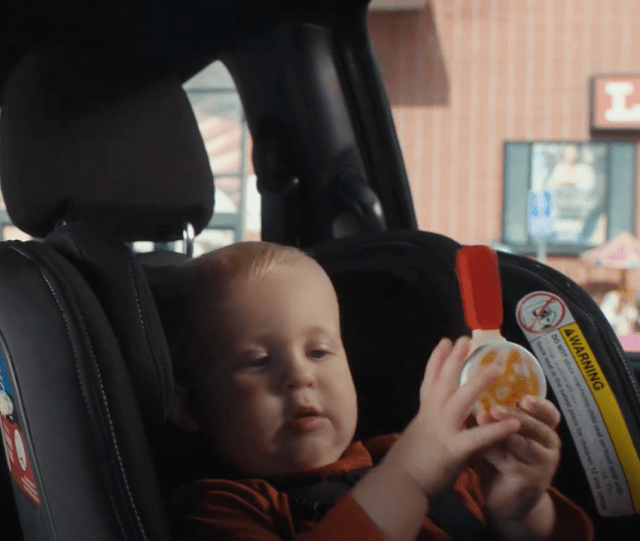Emphasize messages around family values, community, and empowerment without directly showcasing children. Instead, tell stories that convey support, learning, or care, underscoring that your products are intended to enrich family life in a nonintrusive way. Ikea campaigns often feature inclusive family moments without drawing focus on individuals. By highlighting shared experiences, Ikea promotes family values without needing to center on children’s faces or identities.
Getting creative
Brands can reimagine product-centric storytelling by challenging creative teams to design campaigns that focus on a product’s features, functionality, or impact rather than on child models. This might involve playful product demonstrations or animations that capture children’s imaginations without a real child’s image being used. Illustrated characters or animated scenes can be effective in engaging young audiences and parents alike: Storybook-style ads or mascots can represent the product’s benefits in ways that are engaging and privacy-conscious.
Crayola frequently features vibrant animations and visual storytelling that emphasize creativity and color, inviting children to participate without needing direct exposure of children in campaigns. Additionally, Goldfish uses its animated characters in commercials, creating a playful, child-friendly brand image without featuring real children at all, which allows for endless creativity while protecting privacy.
Leading by example
Brands should set up ethical standards internally around the use of children in media and make these guidelines public to influence industry norms. This commitment to transparency could be built into the brand’s values, sending a message to both consumers and competitors about the importance of privacy and respect in advertising.
Partnering with advocacy groups focused on children’s rights and privacy also reinforces a brand’s commitment to child safety. These collaborations can lead to campaigns or certifications that highlight a brand’s dedication to ethical standards while raising awareness among consumers. Lego has partnered with UNICEF on child safety initiatives, taking a visible stance on children’s welfare and setting an industry standard that inspires other brands to prioritize ethical considerations.
By embracing these principles, brands can foster a more ethical future for marketing, setting a foundation that prioritizes children’s well-being in the digital age. Together, we can ensure children’s privacy is paramount.


